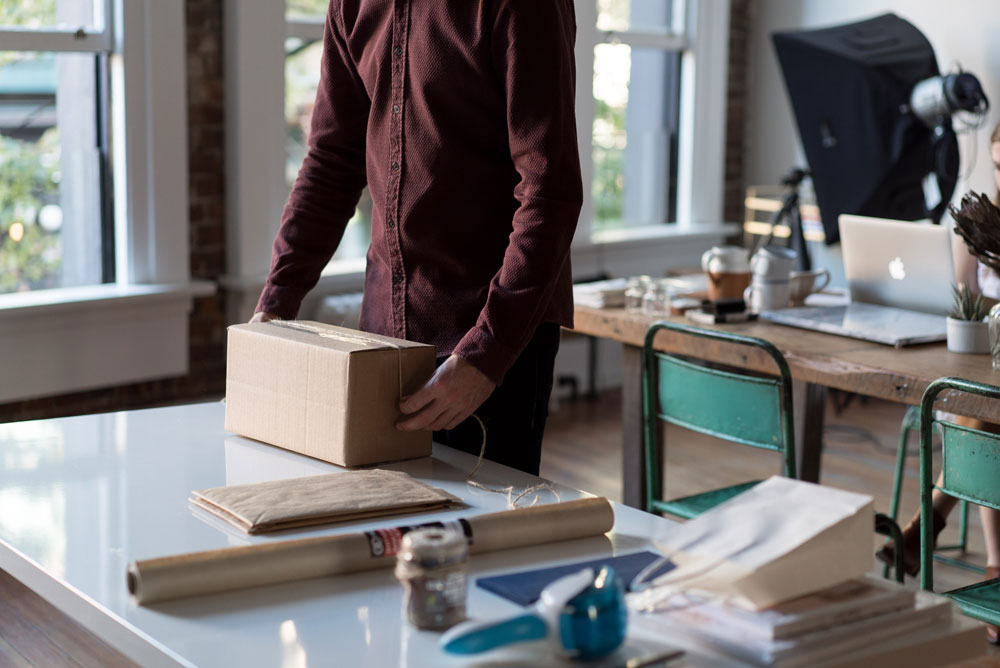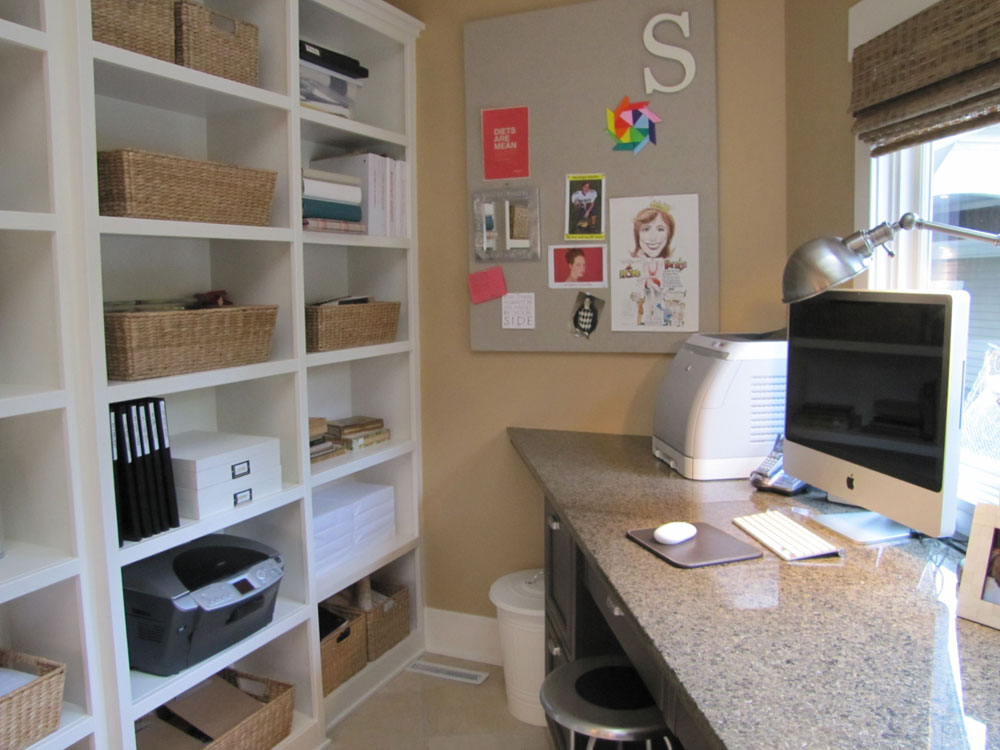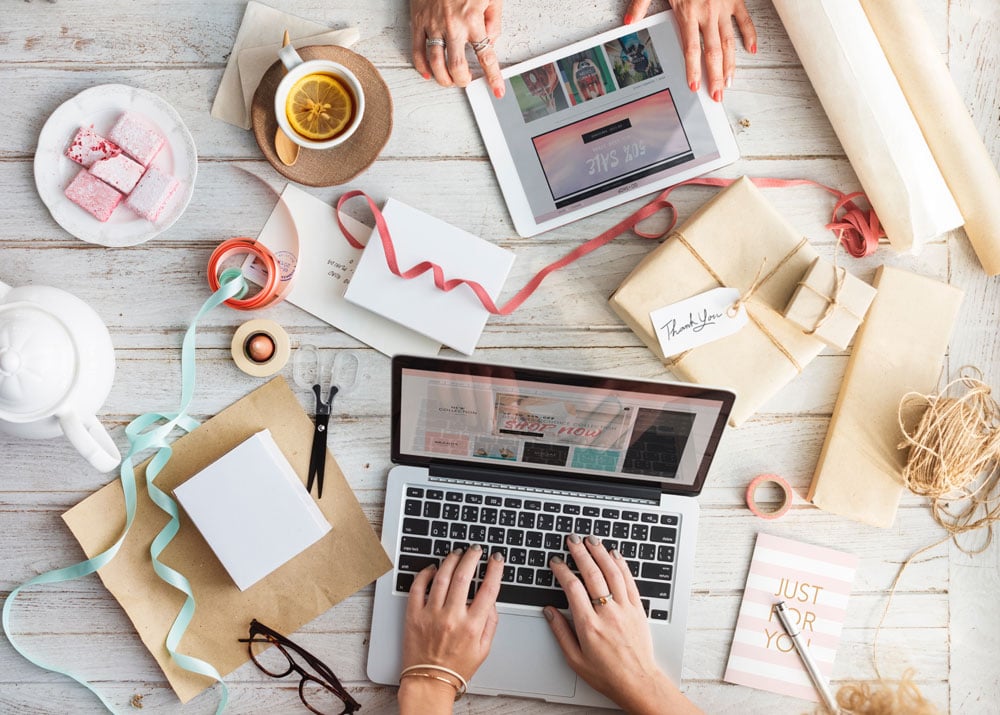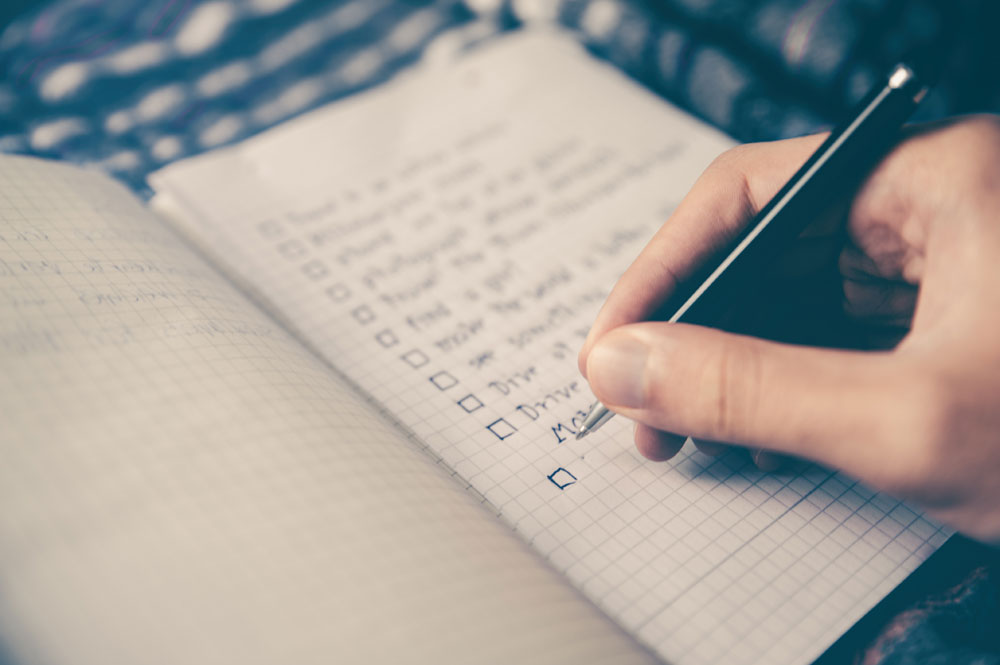Create Your Own Shipping Station

A dedicated shipping station is a must for your home business. It can keep you organized and make shipping a breeze, or it can lead to order mix-ups and delayed delivery. Say goodbye to packing confusion, get started streamlining your processes with these simple tips.
Building Your Station
 Photo by: Clarkston SCAMP
Photo by: Clarkston SCAMP
Whether you're working with a lot of space or a little, it's important to build a station that fits your needs and constraints. Here's tips on creating the perfect area for your workspace.
If you have a small space
Find some sizable boxes or bins that can accommodate your supplies. Nice looking, sturdy ones will make your shipping station feel less cluttered and are better suited to withstand freq uent use. They can go in a closet, under a table, or use them as the desk itself! Depending on the types of bins you get, you may also want to look into organizers or dividers to further organize the contents.
Once you have all your supplies, sort the contents and bins by type – branded materials (business cards, logo stickers) in one, shipping supplies (tissue paper, ribbon, bubble mailers) in another, and a third for supplies (shipping label paper, scissors, tape).
If you can, keep the bins in an order that's sequential and easy to follow. Remember to still put care into the packaging, you're ultimately creating your customer's unboxing experience.
Pro tip: If you buy supplies in bulk, place a small sample in your shipping station and store the rest out of the way. Don't take up essential space with things you don't need to access every day.
Speaking of essential space ... consider investing in a dedicated label printer like the Rollo® or DYMO®. They're compact (compared to laser/inkjet desktop printers) and much more efficient.
If you have a larger space
Space permitting, consider investing in a metal or wooden shelving unit for openly displaying your supplies. Having the supplies in front of you on shelves can make finding necessities easier, rather than digging through tucked away boxes.
Think in terms of maximizing your space – consider tall furniture with lots of storage or desks with built in cabinets and cubbies. Then, organize your materials. Group similar items together and arrange them for maximum efficiency. Don't be afraid to place things you use less frequently on higher shelves or in a tucked away location so they're still accessible but not in the way.
Stocking Your Station

Depending on what you sell, your shipping station may require specific supplies. Fragile candles call for different packing materials than bath bombs or wine bottles. For any product though, there are a list of basics everyone needs. Use the following suggestions as a benchmark for stocking your work-from-home area.
Shipping Station Supply List
- Bubble wrap
- Product labels or printable tags
- Shipping boxes and/or padded envelopes
- Backing boards
- Shrink wrap or wrapping paper
- Packing tape and dispenser
- Scissors and/or razor blade
- Printer
- Printable labels or combination shipping/packing slips
- Shipping scale
- Box stickers (fragile, handle with care, etc)
Branded Packaging Supply List
- Tissue paper
- Thank you cards or packaging inserts
- Envelope/box seals
- Branded stickers
- Business cards
Tailor these lists to meet your needs and don't forget to take inventory every so often. Having a detailed list of your shipping materials can prevent you from running out in an emergency. We also recommend buying them in bulk to save money and ensure you're always fully stocked.
Creating a Standard Operating Procedure

Make a step-by-step checklist of your packaging process so every order gets packaged the same way. Creating that standard operating procedure (SOP) will help guarantee each shipment meets your packaging vision and looks professional and on-brand.
Don't have a packaging vision yet? Test some packaging styles out until you find one that suits your business, budget, and products.
Running a business is difficult but there are always creative ways to streamline your process. Don't let shipping be the thing that slows you down. Use the tips above to build a shipping station that makes order processing and delivery quick and painless.
Tackle other work-from-home situations or learn more about product packaging and design.



